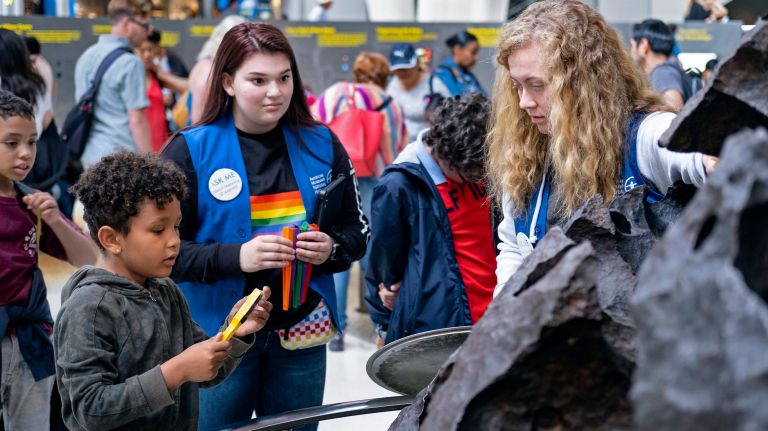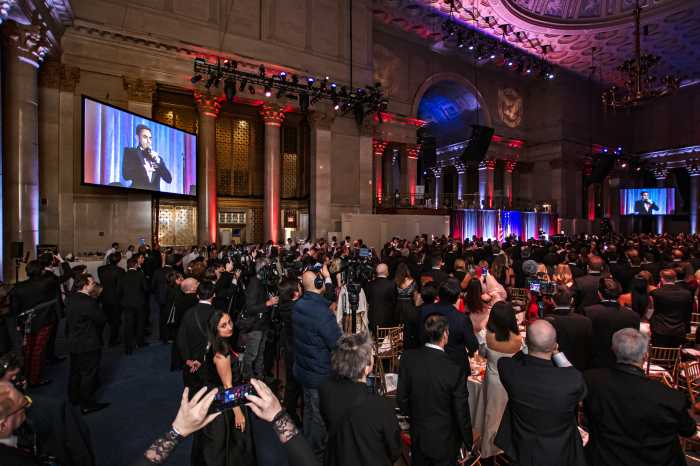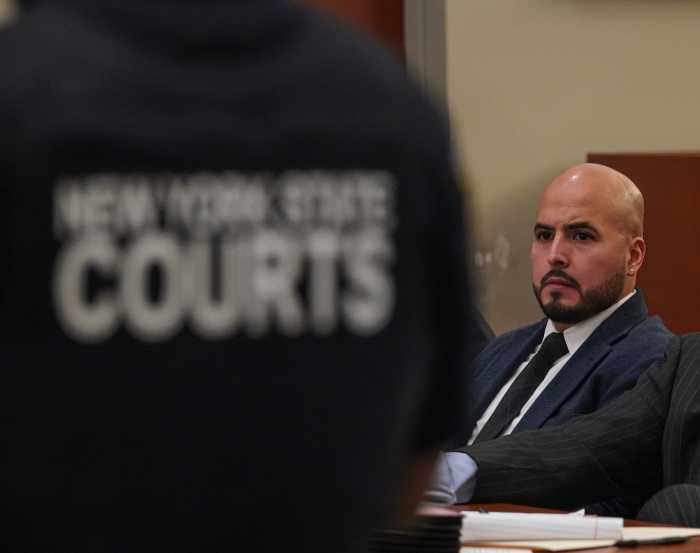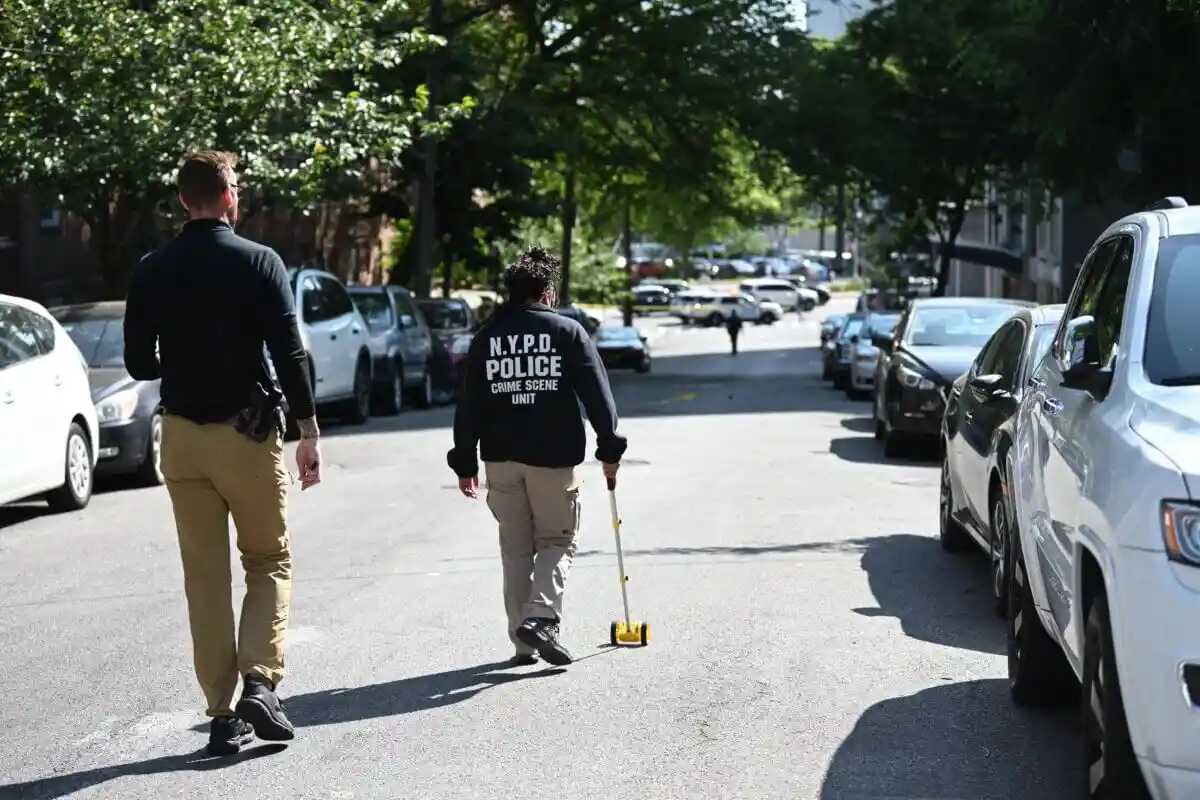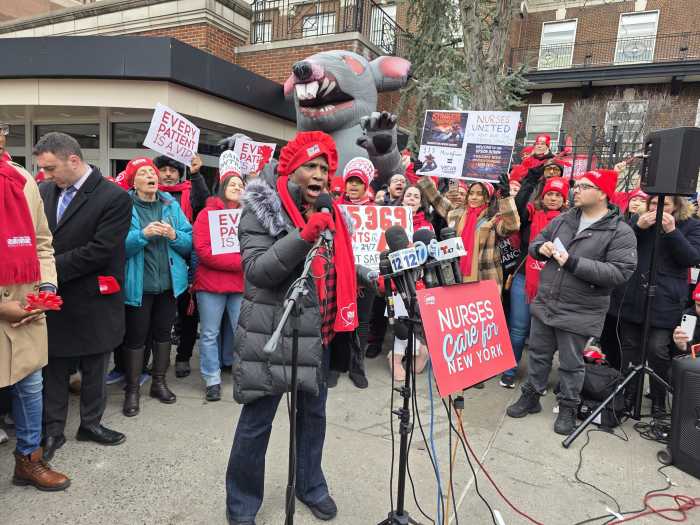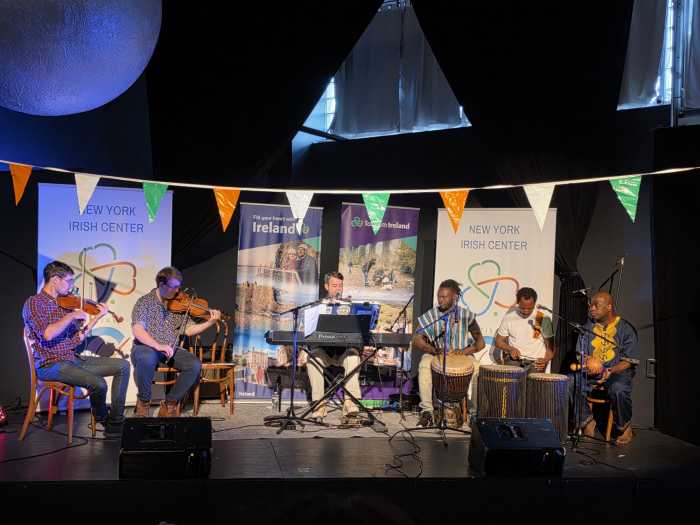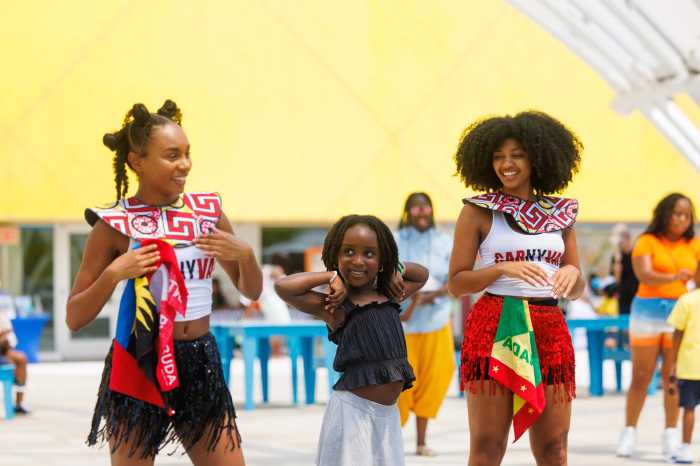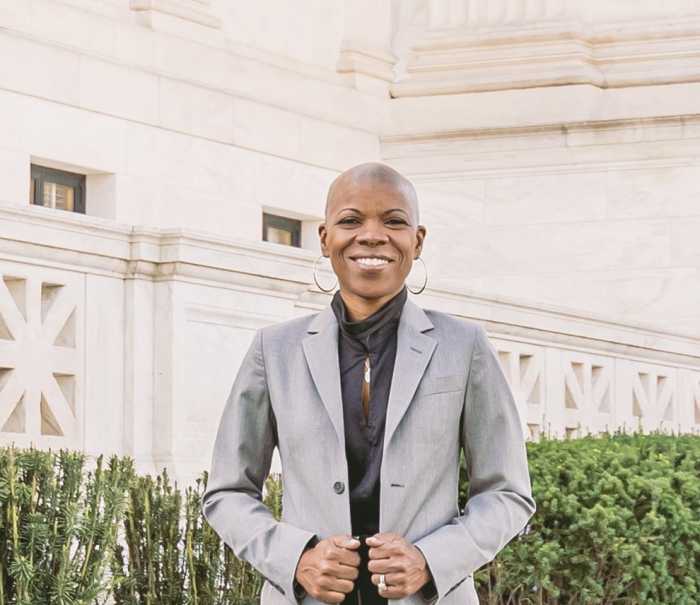
At 15.5 tons, the Willamette Meteorite is a wonder to behold.
The iron meteorite is the largest found in the U.S. and the sixth-largest ever discovered on our planet. It has been on display at the American Museum of Natural History for decades.
It has an even deeper meaning for Kailiyah Krehbiel and Isabelle Grout, two teens from the Confederated Tribes of the Grand Ronde Community of Oregon, who have spent the last few days educating visitors at the museum about the deep spiritual value of the meteorite.
“It’s a very big deal where we are from,” said 15-year-old Isabelle. “Everybody would like the chance to come see it.”
“The first time I saw it, I was like ‘What!’," said Kailiyah. “I was excited.”
Centuries ago, the Clackamas Indians named the meteorite “Tomanowos” and honored it as vital source of healing, purifying and cleansing, especially through the rainwater collected in its deep crevices.
“The warriors cleaned their arrowheads in it,” Kailiyah, 17, said. “People washed their faces with water from it because it was powerful. Being around it is very cleansing. It’s a good feeling.”
Isabelle and Kailiyah are interns who competed against other young members of their community to be selected for the program, which includes three weeks in New York City. They penned essays about the importance of the meteorite and secured references.
The internship itself was established under an agreement the museum signed with the Confederated Tribes in 2000 after some members argued the meteorite belonged back in Oregon.
Both teens said speaking to visitors at the museum gives them a chance to educate the public about their unique connection to the meteorite while meeting new people.
“You’re talking to a lot of people, interacting with a lot of people,” said Isabelle, who has plans to go into nursing. “That’s something I want to get better at.”
Kailiyah said her light hair and light eyes often surprise visitors once they find out she is Native American.
“They think all Native Americans have brown hair,” she said.
During their time off, the teens are soaking in the sights of the city, such as Times Square, the Empire State Building and Coney Island. Before they leave on Sunday, the duo are planning a trip to the Bronx to see a Yankees game and also have tickets to see “Mean Girls” on Broadway.
They hope their trip has a lasting impact on the people they meet at the museum.
“We want them to know that we are still here and we have a connection with the meteorite,” Kailiyah said.
“And that it’s more than just a space rock,” Isabelle added.



